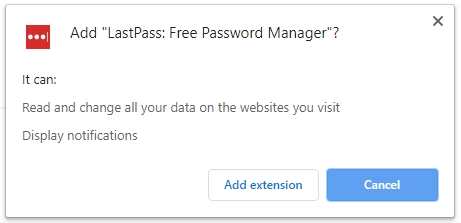

$checks = get-childitem -Path “C:\Users\$($user. If ( Test-Path “C:\Users\$($user.name)\AppData\Local\Google\Chrome\User Data\Default\Extensions” ) Click Download for your desired web browser extension, or click Quick Install if you are actively using your desired web. $Chromeextensions = Foreach ($user in $username) $username = Get-ChildItem c:\users -Directory -Exclude ‘*Public*’, ‘*Default*’ Shameless plug: Action1 is free for your first 100 endpoints 🙂 # You can add this script to your Action1 script library or use your existing RMM, if you don’t have Action1 yet. It will last LastPass among them if it is installed. The following script was developed to find all Google Chrome extensions installed by all computer users. You get a false sense of very low adoption of LastPass among your user base.

Therefore it’s not detected by most RMMs as an installed application. After the recent major security breach at LastPass, this question started coming up more and more often: how do I find all the installs of LastPass on my users’ computers? Some companies want to migrate away from LastPass to another (not yet compromised) password manager, while others want to educate their users to adopt stronger master passwords.Īnyway, it turns out that most users don’t install LastPass as a Windows application and use it as a browser extension instead.


 0 kommentar(er)
0 kommentar(er)
